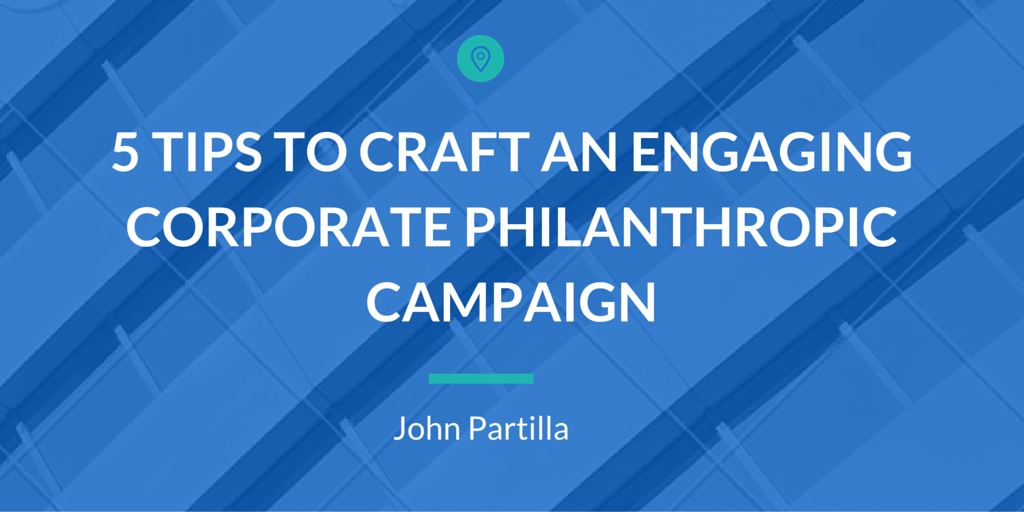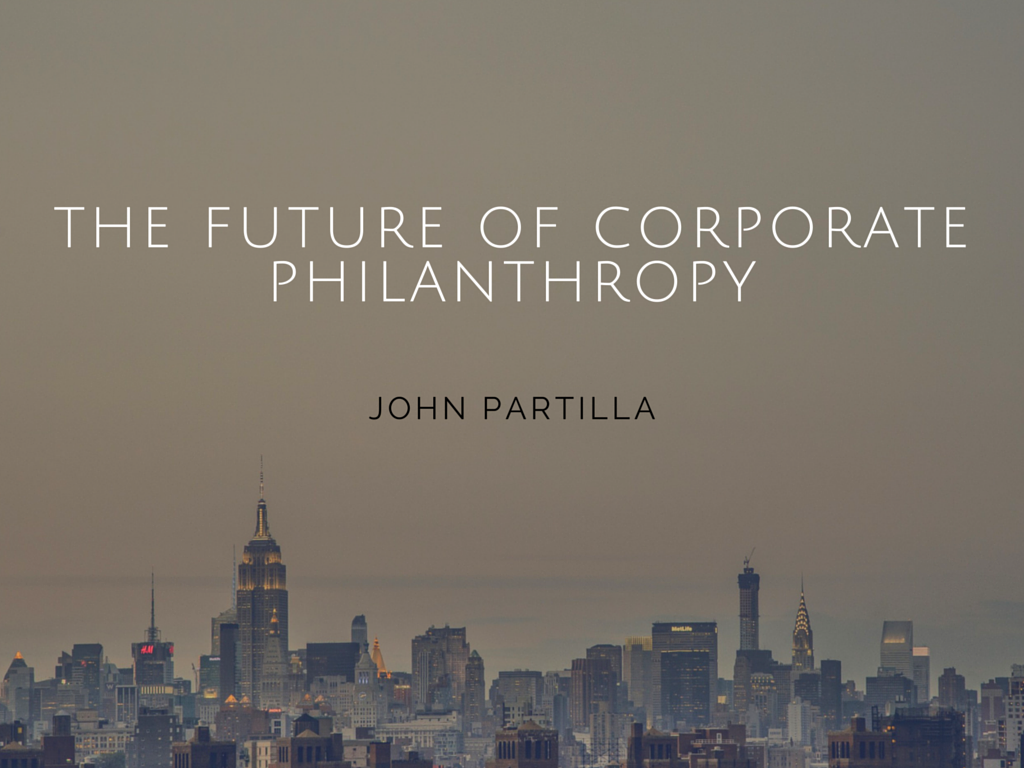Perhaps President John F. Kennedy said it best:
“The raising of extraordinarily large sums of money, given voluntarily and freely by millions of our fellow Americans, is a unique American tradition… Philanthropy, charity, giving voluntarily and freely… call it what you like, but it is truly a jewel of an American tradition.
When it comes to major companies and the money generously given back to the community, there are super star philanthropic players who stand high above the rest. These a-list companies donate millions of dollars annually all over the world.
1. Walmart. The neighborhood store has developed into a global household name, known for its “every day low prices” philosophy. Their other mission is creating “opportunities so people can live better.”
Walmart remains a powerful leader in the charity arena via the Walmart Foundation. The latest numbers tell the store giant’s story. In 2014, Walmart donated $1.4 billion in cash and in-kind contributions around the world. Global in-kind donations accounted for $1 billion, while $309 million was given in cash globally.
Walmart also boosted employee starting wages from $9 to $10 per hour.
2. Exxon Mobil. The iconic oil and gas company continues riding the wave of success and giving back to others in three key areas under the Exxon Mobil Foundation. The company is focusing on education, malaria prevention, and economic opportunity for women.
Exxon Mobil’s 2015 cash contributions amounted to $268 million. Vital Voices, the international women’s group founded by Hillary Clinton received $1.9 million. A sum of $500,000 went to Medicines for Malaria Venture and $80,000 to numerous science camps at colleges and universities scattered across the country.
3. Bank of America. The major financial institution retains a strong commitment to fighting hunger, collaborating with the nation’s leading domestic hunger-relief charity, Feeding America. Every dollar donated helps provide 11 meals to men, women and children facing hunger in the U.S.
In addition, Bank of America made cash contributions to the tune of $168.5 million in 2015. Last year, the company spent just shy of $50 million on workforce education, $33 million on community development, and another $33 million on hunger and other critical needs.
John Partilla is the CEO of Screenvision, and he’s a veteran of the marketing industry with nearly three decades of experience in a variety of roles. Please read “John Partilla Named Screenvision CEO,” “John Partilla: Screenvision Names Exec CEO – Variety,” “Screenvision Taps John Partilla To Be CEO As It Seeks To Rebuild” and his Screenvision profile to learn more. Also, check out his Crunchbase, Twitter, and LinkedIn.






